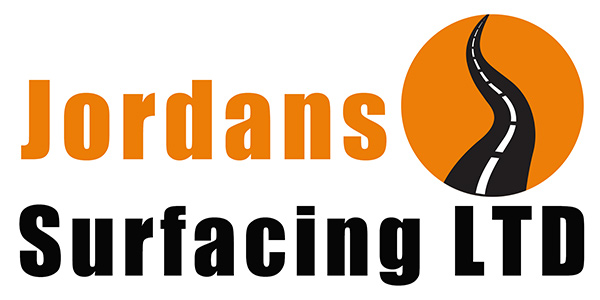Concrete is a construction material that has been used for centuries. It’s one of the most widely-used materials in the world, and it comes in many different forms, such as concrete blocks, slabs or panels.
Concrete can be used to create structures like buildings and pavements but also other things like drains or bridges. It’s made by mixing cement with water and aggregate such as rocks, sand and gravel.
How does it work
Cement is mixed with water and aggregate, such as rocks or sand. This creates a mortar-like substance, which can withstand high force and has moderate compressive strength.
It’s typically mixed at the site of construction, which reduces transportation costs for builders. It can be cast in place or poured into moulds to create slabs, blocks or panels that are then left to harden before being used on-site.
When pouring it in place, it’s important to ensure the water content is just right. Too much water will make concrete brittle and unable to support any weight. If there isn’t enough water, the concrete won’t have a consistent strength throughout its body because parts that are too dry can form an insulating layer on top of wetter parts.
Why should you use it?
Concrete is used in construction because it’s durable, cost-effective and versatile. It can be used to create any number of structures for different purposes, from buildings and pavements to bridges or drainage systems.
Concrete is a material that has been used for centuries. With it being so widely used in the world today, due to it being a sustainable and low-cost product, it is estimated that there are around one trillion cubic meters of concrete in use today.
What are the benefits of using concrete?
There are many benefits of using concrete, such as the fact that it is stronger and more durable than other construction materials.
It also has many different uses in building design; for example, there are many different types of concrete to use on a project. There’s no need to worry about not having enough when you have so many options!
Concrete Drying Times
Some of the disadvantages of using concrete are that it is heavy, and not water-resistant. This means you need to protect or seal the surface before any contact with liquids.
Another disadvantage is that it takes a lot of time to dry out after finishing construction work on top of it. Concrete will take up anywhere from 24 hours to complete drying, depending on the size of the surface.
Concrete must cure slowly to reach proper strength (usually around 3000psi).
High-quality concrete has less shrinkage and is tougher than low quality concrete. It also takes longer to set up, meaning that you have more time to get it right before it hardens.
In Conclusion
Whilst concrete is an affordable and durable material that can be used to create a number of different styles. If you’re looking for driveway materials, we recommend considering tarmac or asphalt as one of your options. Contact Jordan Surfacing today by filling out the form on this page for more information or with any questions about how it works!
